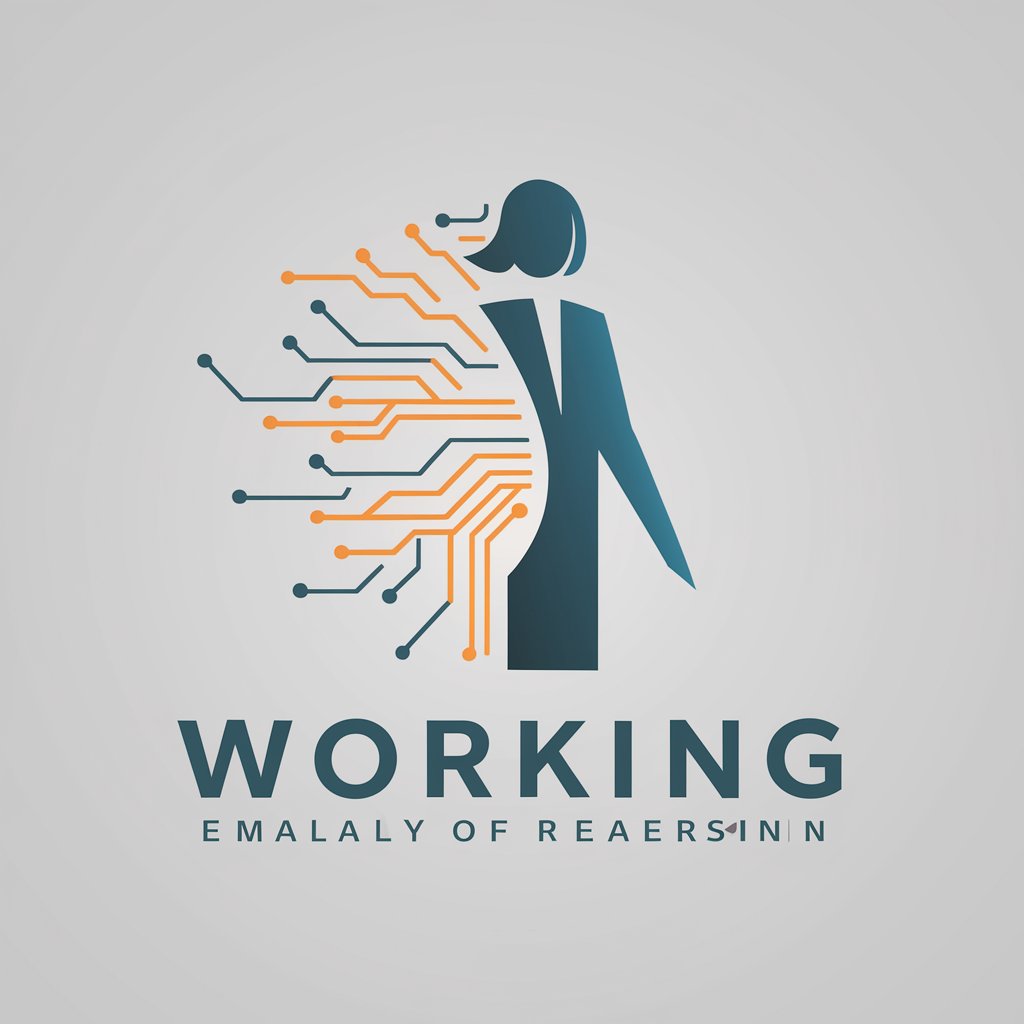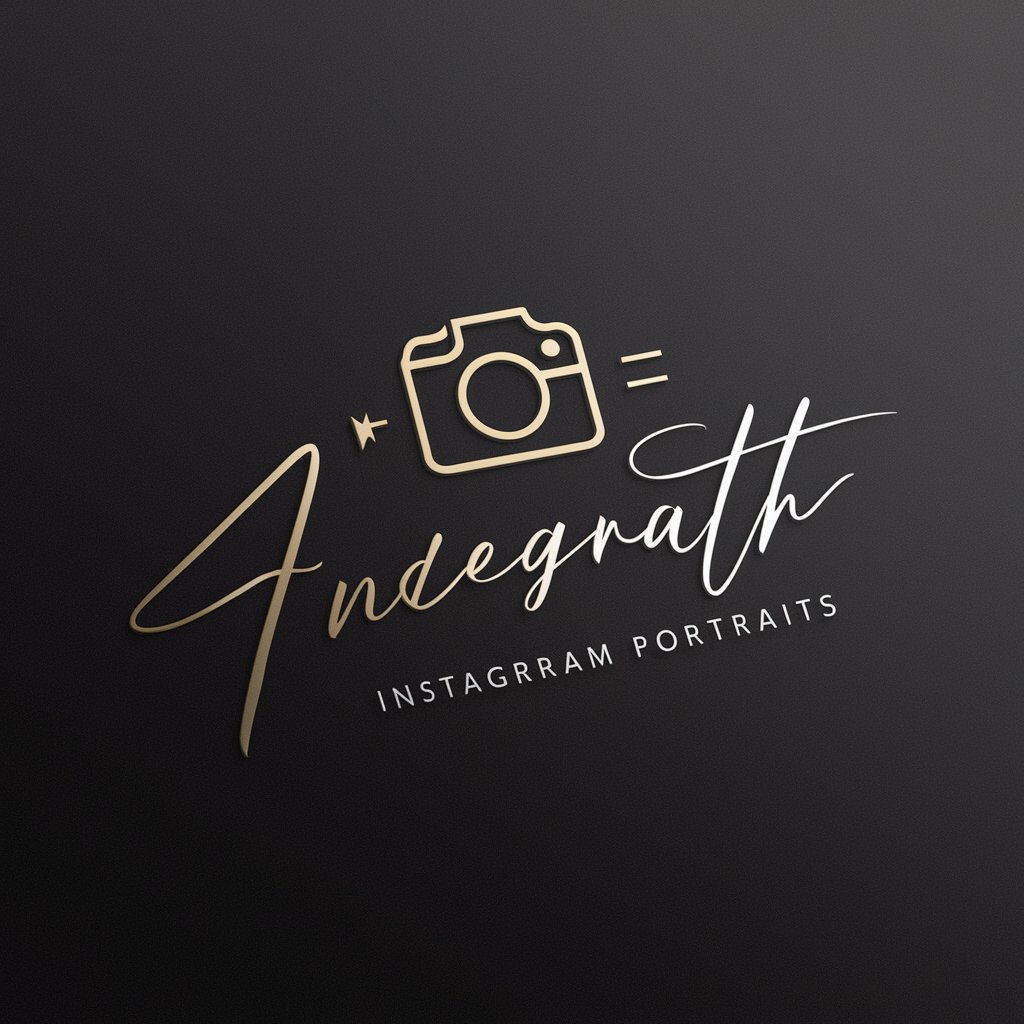
HÌNH ẢNH THÀNH VĂN BẢN-OCR Text Extraction
AI-powered image-to-text extraction

Trích xuất văn bản từ hình ảnh.
Chuyển hình ảnh này thành văn bản
Trích xuất văn bản từ ảnh
Đọc văn bản trong hình này
Chuyển đổi ảnh thành văn bản
Get Embed Code
HÌNH ẢNH THÀNH VĂN BẢN — purpose and basic design
HÌNH ẢNH THÀNH VĂN BẢN is a purpose-built GPT optimized to extract English text from images using OCR-style processing and downstream text-cleaning logic. Its design goal is to convert visual information (photographs, scans, screenshots, camera captures) into clear, faithful machine-readable English text while preserving the original meaning and layout context whenever useful. Core design elements include: 1) robust image preprocessing (deskewing, contrast/brightness normalization, denoising) to maximize OCR accuracy; 2) multi-engine text recognition (combining optical character recognition with layout-aware models and handwriting recognition when available) to handle printed text, digital screenshots, and many styles of handwriting; 3) post-recognition normalization and minimal, non-transformative text-cleaning to correct obvious OCR artifacts (e.g., common misrecognized characters) but not to change semantics; 4) optional layout and metadata retention (bounding boxes, reading order, font-style hints) so extracted text can be reconstructed into tables, forms or searchable PDFs; 5) integrations and output options (plain text, JSON with coordinates, CSV for tabular data, searchable PDF). Example scenarios thatHình ảnh thành văn bản illustrate the design purpose: • Scanned contract: a user uploads a 10-page scanned contract. The model produces plain English text for each page, preserves section headers and paragraph order, and supplies coordinates for each header so the contract can be reflowed into an editor while keeping original structure. The model avoids rewording clauses — it only corrects OCR misreads like "l" vs "1" where context strongly indicates a digit. • Receipt capture in dim light: a photographed receipt with uneven illumination is preprocessed to enhance contrast, then OCR extracts line items and totals. The system outputs a JSON with line-item text, amounts parsed as numbers, and an overall confidence score for each field so downstream accounting software can accept or flag low-confidence entries. • Handwritten meeting notes: the system applies handwriting recognition tuned for English cursive/print, extracts sentences in the captured order, and marks uncertain words or characters (e.g., "[uncertain: 0.6]"), letting the user verify.
Primary functions and applied real-world use cases
High-accuracy printed text OCR with layout preservation
Example
A law firm scans bundles of printed affidavits; the system returns clean English text per page, preserves headings, enumerated lists, and paragraph breaks, and supplies bounding boxes for each paragraph so pages can be reconstructed in a document editor or exported as a searchable PDF.
Scenario
Intake teams convert long legal archives into searchable text. Accuracy of section headers and reading order is critical for citation and manual review; layout metadata speeds reassembly and legal redaction workflows.
Structured data extraction from receipts, invoices and forms
Example
A photographed invoice is processed to extract vendor name, invoice number, invoice date, line items (description, qty, unit price), taxes and total. Output: JSON object with field keys and numeric types for amounts, plus per-field confidence scores and source bounding boxes.
Scenario
Accounts-payable automation: scanned supplier invoices are automatically parsed and validated against purchase orders. Low-confidence or unmatched fields are flagged for human review, drastically reducing manual entry time.
Handwriting recognition and uncertain-word marking
Example
A student snaps photos of handwritten lecture notes. The system returns transcribed English text, highlights words with low confidence (e.g., replaced by placeholders like "[uncertain: 'wrd' | 0.48]") and provides an interface-friendly output so the student can quickly correct uncertain segments.
Scenario
Researchers digitize archival notebooks or clinicians convert handwritten patient intake notes. Because handwriting varies, the model surfaces uncertain regions for fast human verification instead of silently producing potentially incorrect transcriptions.
Target user groups and why they benefit
Enterprises and Operations teams (Finance, Legal, Logistics)
Organizations with large volumes of paper or image-based documents — e.g., invoices, contracts, shipping manifests — benefit from automated OCR plus structured extraction. Finance teams can auto-capture invoice line items and totals, reducing manual data entry and accelerating AP workflows. Legal teams can turn scanned exhibits into searchable text while preserving layout and citations. Logistics and warehousing can extract tracking numbers, barcodes and addresses from shipment labels. Key benefits: scale, structured outputs (JSON/CSV), confidence scores for human-in-the-loop validation, and layout metadata for exact reassembly or redaction.
Individuals, educators, and researchers (students, archivists, accessibility users)
People who need to digitize smaller batches of content — handwritten notes, annotated books, archival materials, or signs — gain from fast, accurate transcription and searchable outputs. Students convert lecture photos into editable notes; researchers and archivists digitize and index field notebooks and historical documents; visually impaired users convert photographed text to speech by piping extracted English text into screenreaders. Key benefits: portability (phone camera to text), handwriting recognition with uncertainty markers to preserve meaning, and export flexibility (plain text, annotated JSON, searchable PDFs) so outputs integrate into existing personal workflows or assistive technologies.
How to use HÌNH ẢNH THÀNH VĂN BẢN
Visit aichatonline.org for a free trial without login, also no need for ChatGPT Plus.
Open aichatonline.org and start the free trial — no account or ChatGPT Plus required. This lets you test OCR extraction immediately and see sample outputs before deciding to register.
Prepare your images
Use clear, well-lit photos or high-resolution scans (preferably 300 DPI for documents). Crop out unrelated borders, ensure text isn't heavily skewed, and prefer PNG/JPEG or PDF inputs. For handwritten notes, provide close, in-focus shots.
Upload and select options
Upload one or multiple images or PDFs. Choose language (default: English), set output format (plain text, JSON with bounding boxes, or searchable PDF), and enable handwriting mode if needed. Review advanced options like layout retention and auto-rotation.
Review and edit extracted text
After processing, inspect the extracted text for OCR errors, formatting, and line breaks. Use the built-in editor to correct misreads, preserve original structure (tables/columns), and export to the desired format (TXT, DOCX, PDF, or JSON).How to use HÌNH ẢNH THÀNH VĂN BẢN
Integrate, save, and secure
Download results or connect via available integrations (API, cloud storage connectors). For sensitive content, enable encryption, local-only processing if offered, or delete images after extraction. Keep backups and follow your organization’s data-retention policies.
Try other advanced and practical GPTs
Tarot cho người Việt
AI-powered Tarot for personalized guidance

メルカリ出品アシスタント「Mimiちゃん」
AI-powered listing optimization for メルカリ.
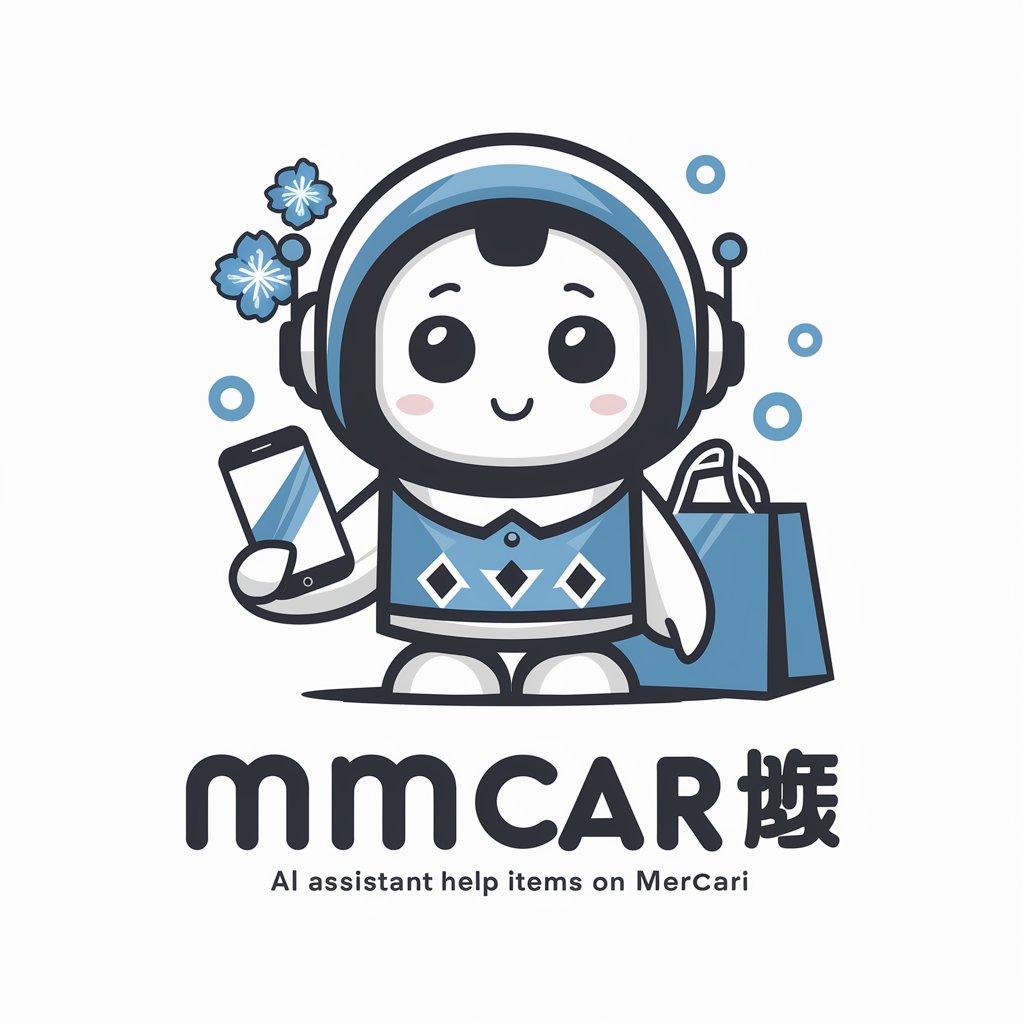
상품명 ,상세페이지 최적화
AI-powered optimization for product pages.

Power point
Create smarter presentations with AI.
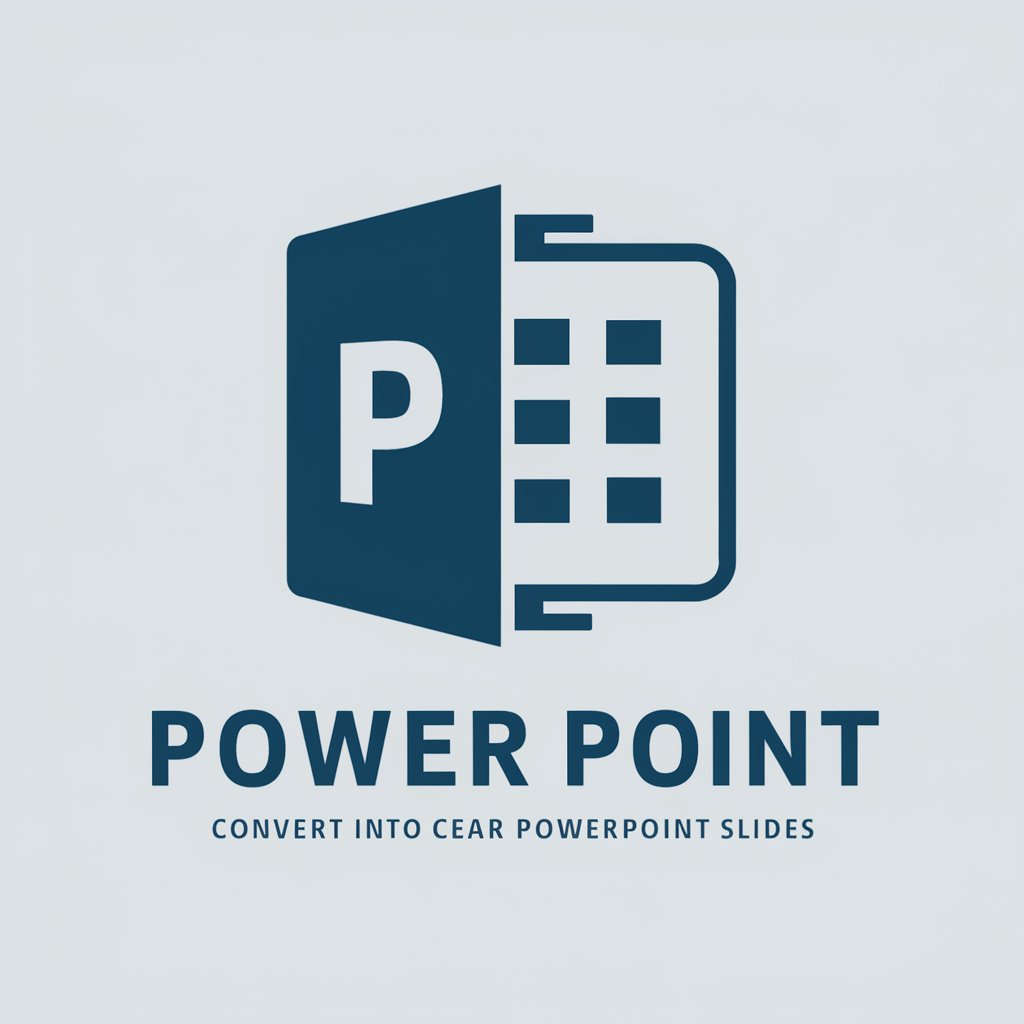
Best GPT SEO Copywriter by Max v.1.0
AI-powered SEO copywriting that converts
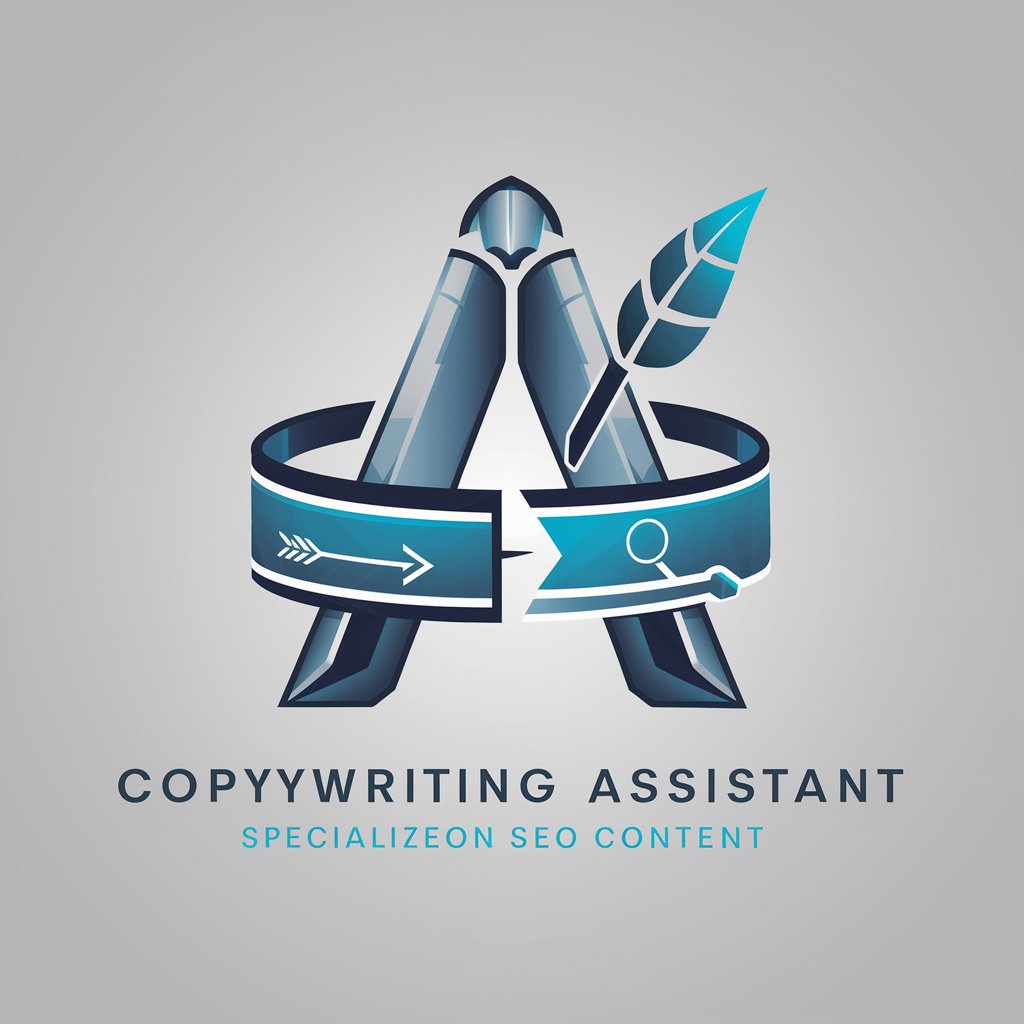
DevOps Guru
AI-powered insights for smarter DevOps management.
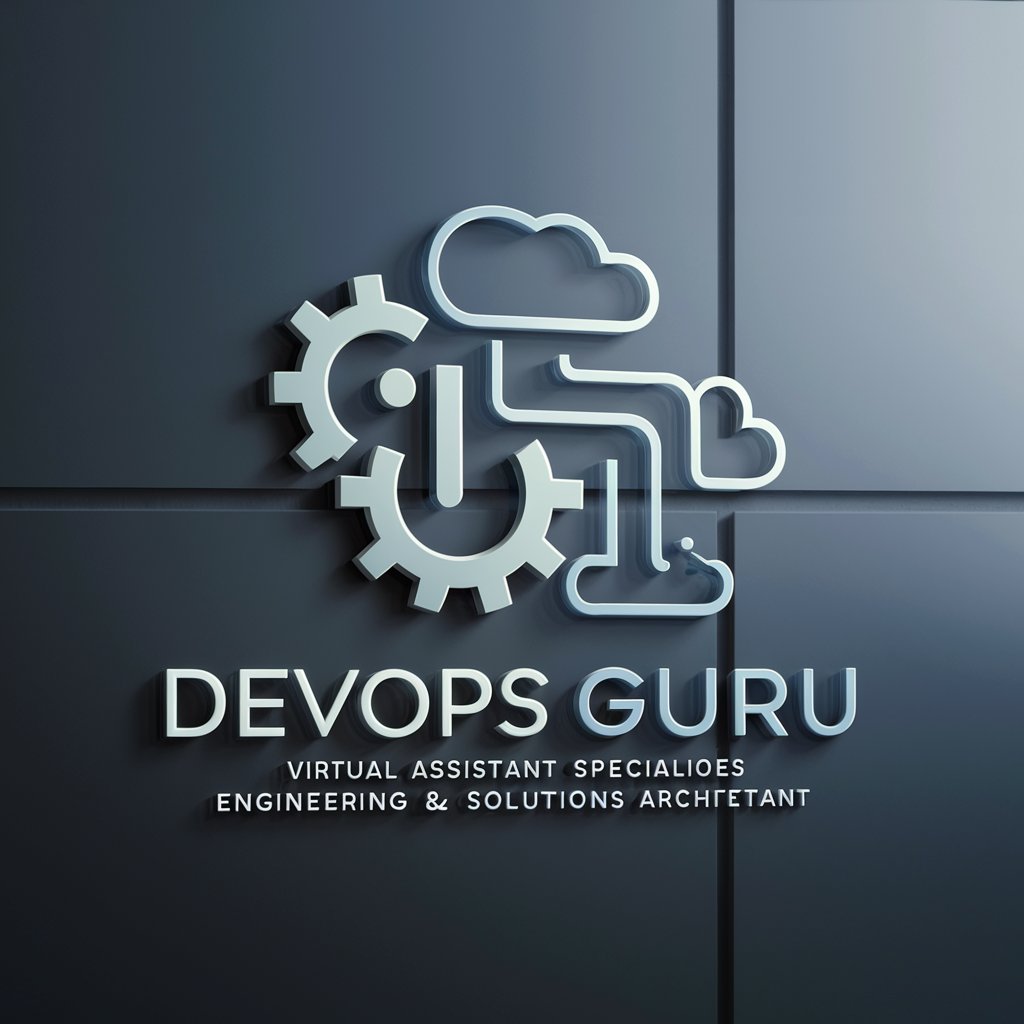
Giải bài tập
AI-powered step-by-step problem solver

세레나(Serena) 헤어컨설팅/퍼스널 헤어진단/머리스타일
AI-powered hair consultation for perfect style.

E-Book Creator📚전자책 크리에이터
AI-powered tool for seamless e-book creation.

So ra
AI-powered content creation at your fingertips.
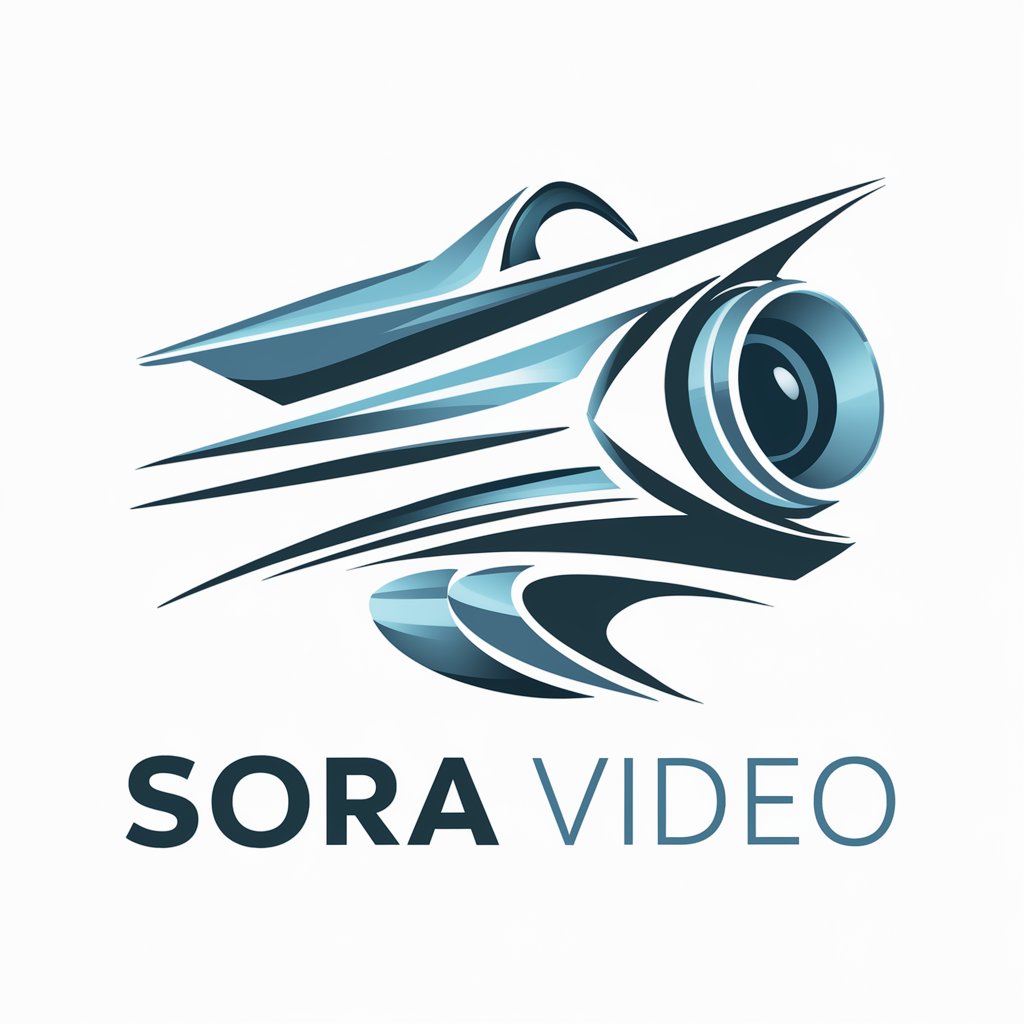
翻译助理
AI-powered translation for every need.

Australian Tax Advisor
AI-powered Australian tax research and drafting

- Academic Papers
- Document Scans
- Handwritten Notes
- Receipts
- Business Cards
Frequently asked questions about HÌNH ẢNH THÀNH VĂN BẢN
What types of images and files does the tool support?
It accepts common image formats (JPEG, PNG, TIFF) and PDFs (single- or multi-page). For best results use high-resolution scans or photos taken in good lighting. It can also process screenshots and photographed signage; complex photographic backgrounds may reduce accuracy.
How accurate is the OCR, and does it handle handwriting?
Accuracy depends on image quality, font clarity, and language. For clean printed text accuracy is typically high (>95% on good scans). There is a specialized handwriting mode that performs well on clear, legible cursive or printed handwriting but may struggle with heavily stylized or messy notes—manual review is recommended.
Which languages and scripts are supported?
The tool focuses on English extraction but also supports many Latin-alphabet languages; advanced settings may include multilanguage detection. Support for non-Latin scripts (Cyrillic, Greek, Arabic, Chinese, etc.) varies by model—check the platform’s language options before batch processing.
How does the tool handle layout, tables, and multi-column documents?
You can choose to preserve layout: the OCR offers plain-text output or structured output that retains columns, headings, and tables (as reconstructed text or exported to CSV/JSON). Complex tables may require minor manual corrections, but columns and common table structures are usually recovered reliably.
What about privacy, data retention, and integration options?
Privacy options typically include temporary processing with automatic deletion, end-to-end encryption for transfers, and on-premise or local-only modes for sensitive data (if the provider offers them). Integrations commonly include API access, batch processing, and connectors to cloud storage services; verify the provider’s SLA and data-handling policies for compliance needs.


